One of the wonders of the old studio system was its roster of veteran actors and actresses who were under long-term contract and appeared together in numerous films over several years. While George Arliss had no formal stock company, by his own admission he would have cast the same players in every film he made if there were nobody to “control” him, as he put it. Just the same, several actors turned up frequently in the Arliss films but almost always playing vastly different characters than in previous films and having significantly different relationships with Mr. A’s character. This post will focus on the contrasting characters played by some supporting cast members.
Ivan Simpson had performed on stage with Mr. A and in two silent films. With the arrival of sound films in the late 1920s, Simpson enjoyed a long and successful film career in character parts. He was immediately tapped by Mr. A when he reported to Warner Bros. in 1929 to film his stage hit, THE GREEN GODDESS (1930). Simpson repeated his stage role as Watkins, the surly cockney valet to Mr. A’s Rajah of Rukh. We learn that Watkins is a deserter from the British Army, among other faults, and the Rajah delights in ridiculing Watkins for his inherent British “superiority” over other people. Mr. S seems to hold the record at nine appearances in the Arliss films, silent and sound:
 Photo from the 1923 silent film
Photo from the 1923 silent film
Simpson played financier Hugh Meyers, a character modeled after Lionel Rothschild, who privately financed British prime minister Benjamin Disraeli’s purchase of the Suez Canal in 1875:
 Photo from the 1929 film
Photo from the 1929 film
Ivan Simpson’s next appearance with Mr. A is as an octogenerian crony of Old Heythorp in OLD ENGLISH (1930):
Simpson’s final film appearance with Mr. A (they later performed together on radio) seemed to admit him to the pantheon class. In THE HOUSE OF ROTHSCHILD (1934) he and Mr. A are finally brothers, Nathan and Amschel:
 Offscreen, Ivan Simpson was an accomplished sculptor. Here he spends his free time productively between filming scenes for DISRAELI during the summer of 1929:
Offscreen, Ivan Simpson was an accomplished sculptor. Here he spends his free time productively between filming scenes for DISRAELI during the summer of 1929:

Doris Kenyon became popular in films by 1917 and was a genuine star during the 1920s. After her marriage to fellow star Milton Sills, they appeared together in many films. In 1922, Mr. A and Kenyon played father and daughter in THE RULING PASSION, now a lost film but remade by Mr. A in sound as THE MILLIONAIRE (1931):

Nine years later, Mr. A and Kenyon are husband and wife in ALEXANDER HAMILTON (1931). Kenyon’s husband, Milton Sills, died suddenly in September 1930 (ending what appeared to be a successful transition from silent to sound films) and she intended to retire. But Mr. A persuaded her to return to work:

Then Kenyon plays courtesan Madame De Pompadour to Mr. A’s elderly philospher at the Court of Louis XV in VOLTAIRE (1933):

Dudley Digges worked on the production side of the theater and functioned as Mr. A’s stage manager in the 1910s. Digges directed the stage version of ALEXANDER HAMILTON in 1917 and played a role as well. Thus bitten by the acting bug, he became an actor but retained his considerable experience in staging. Here Digges plays the corrupt Senator Roberts, based on the real-life William B. Giles, to Mr. A’s ALEXANDER HAMILTON (1931):

A dignified Dudley Digges is the Lord Chamberlain to Mr. A’s reluctant monarch in THE KING’S VACATION (1933). Digges is best remembered today for two film roles: the police inspector who tracks down THE INVISIBLE MAN (1933), and the drunken ship’s doctor in MUTINY ON THE BOUNTY (1935):

Alan Mowbray is remembered mainly as a portly and comical character actor in the 1940s and 50s, including a fair amount of television work. But in his earlier (and slimmer years) he appeared in three Arliss films. Here a heavily made-up Mowbray as George Washington towers over Mr. A:

Mowbray is the villainous Count DeSarnac who devotes himself to seeing Voltaire sent to the Bastille. Here he seems to have the upper hand as King Louis XV (Reginald Owen) expresses his anger over Voltaire’s play:

Speaking of Reginald Owen, although he appeared in only two Arliss films, his majestic Louis XV of VOLTAIRE contrasted significantly with his somewhat obsequious role in THE HOUSE OF ROTHSCHILD. Playing Herries, the Chancellor of the Exchequer, Owen pleaded with Nathan Rothschild to loan more money to the Allies to battle Napoleon. Another member of the stock company here is Florence Arliss, who had a total of six appearances (she appeared in no other films except Mr. A’s). Unlike the other members of the stock company, Mrs. A unvarying role was to play Mr. A’s screen spouse in five films:

Doris Lloyd can been spotted playing maids or titled dowagers in numerous films from the 30s through THE SOUND OF MUSIC (1965). But earlier, Lloyd played substantial roles in the Arliss films. Here Lloyd is Mrs. Travers, the charming spy for Russia who ingratiates herself into Disraeli’s household:

Here Lloyd is the worrisome Mrs. Lorne, a struggling novelist who has two children “under the rose” (i.e., out of wedlock) by old Heythorp’s deceased son. Their respective characters between DISRAELI and OLD ENGLISH (1930) could not have been more different:

David Torrence was the first actor to play stuffy Lord Probert in the Montreal tryout for DISRAELI in 1910. Apparently, Torrence did not appear with the Arliss stock company until he resumed his role of Lord Probert in the 1929 sound film. Thereafter, he continued to play in Arliss films, adding a dignity to otherwise disagreeable characters:

How many members of the Arliss stock company can you find in this photo? While Mr. A gives advice to newcomer Margaret Lindsay, behind beards, veils and wigs are Ivan Simpson, Doris Lloyd, David Torrence, and Douglass Dumbrille (who will be discussed in Part 2):






































































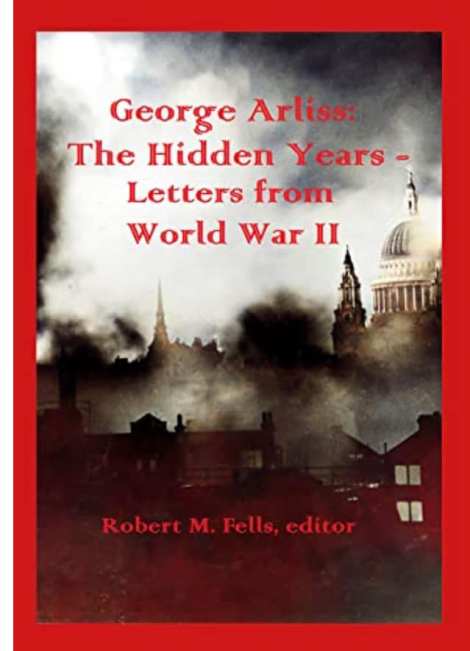
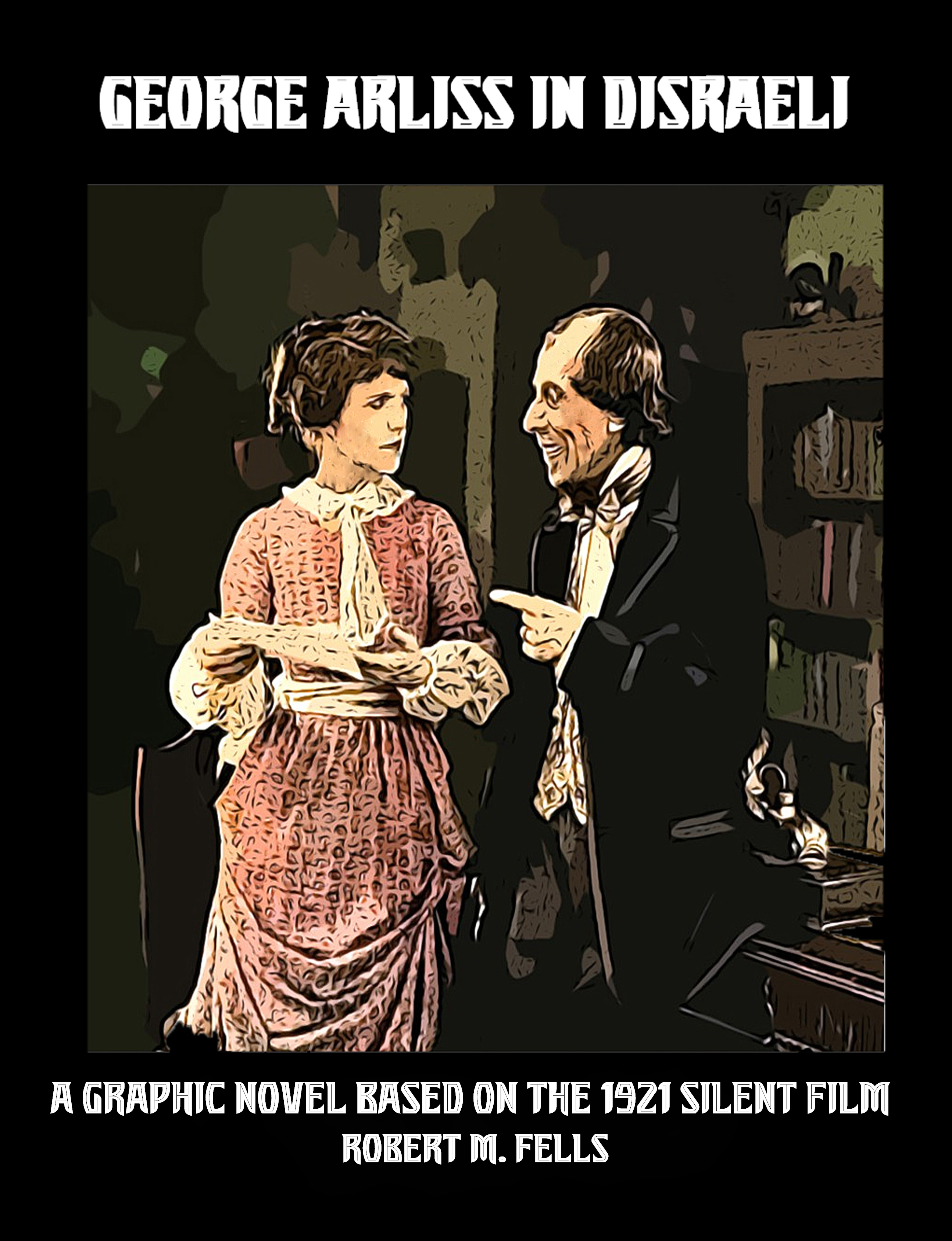
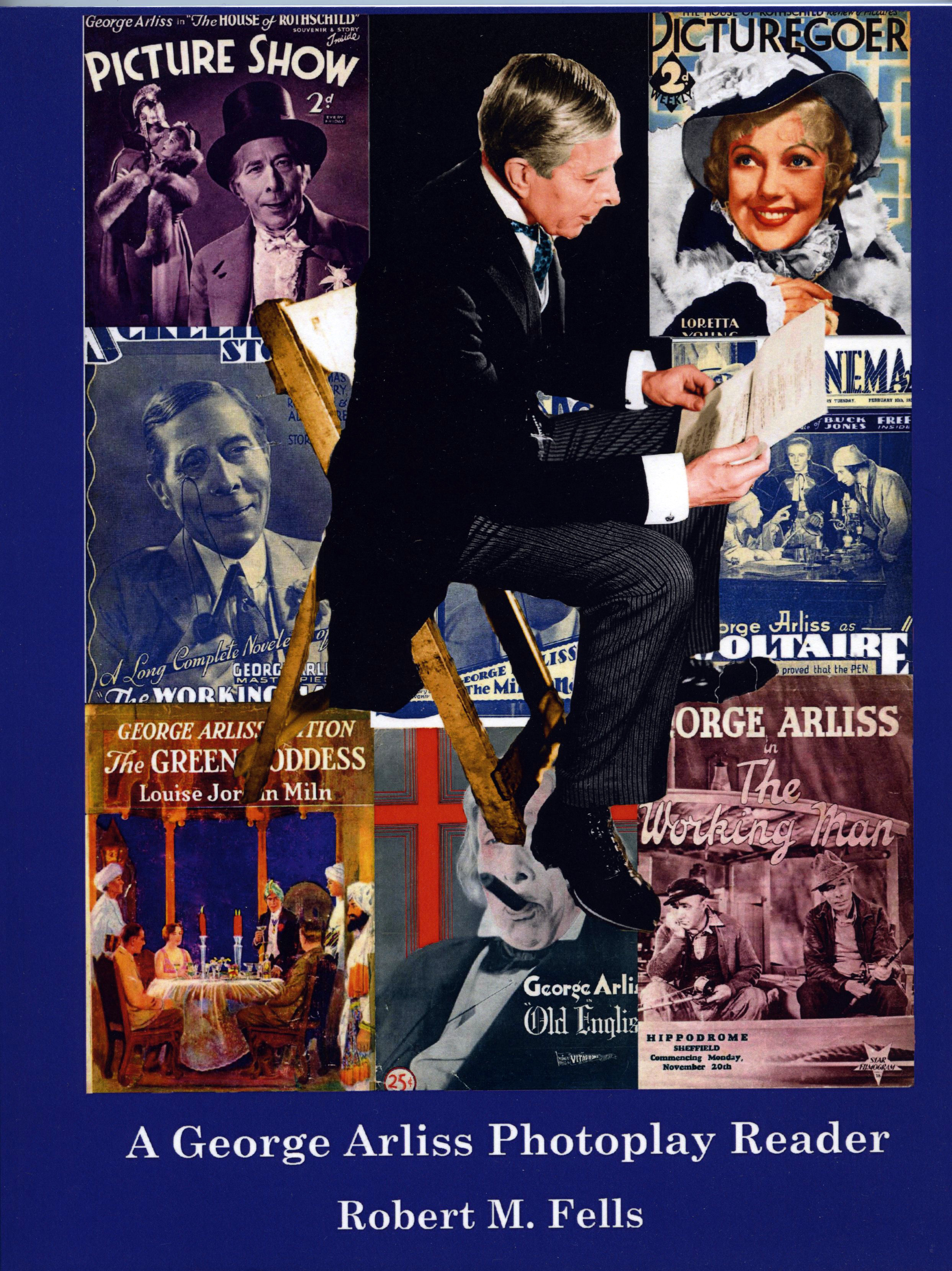

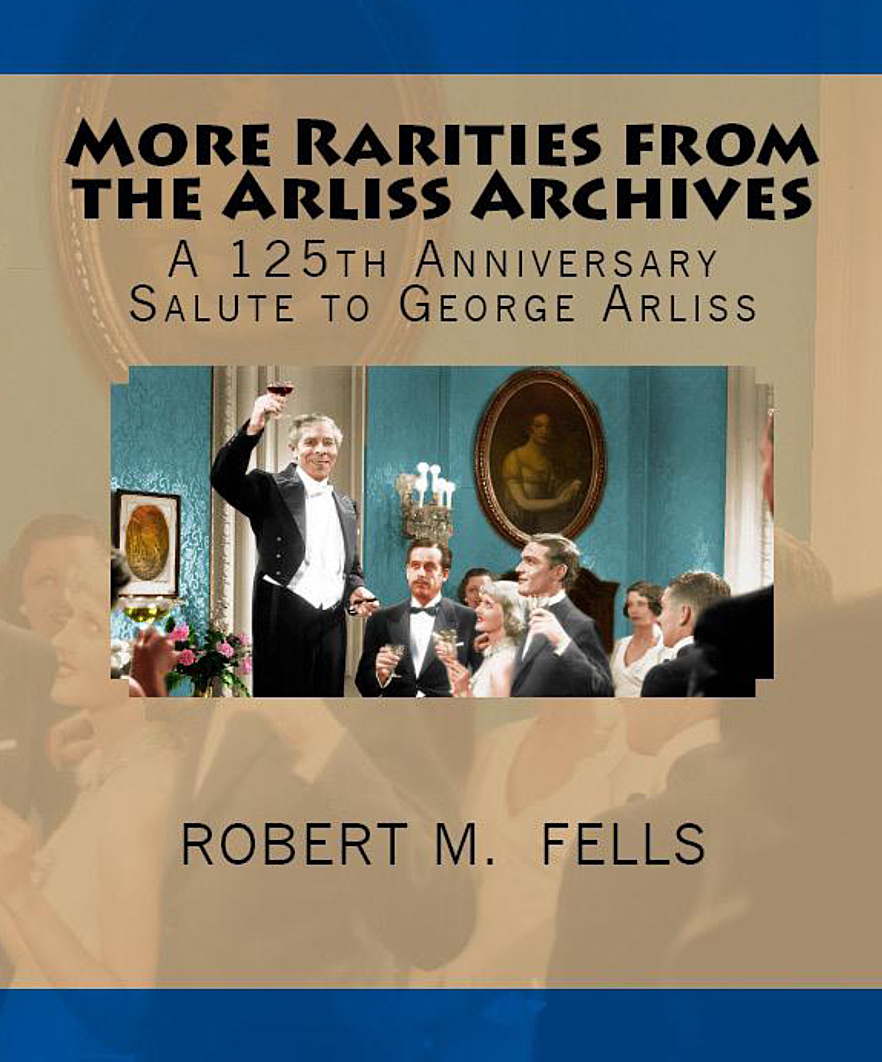
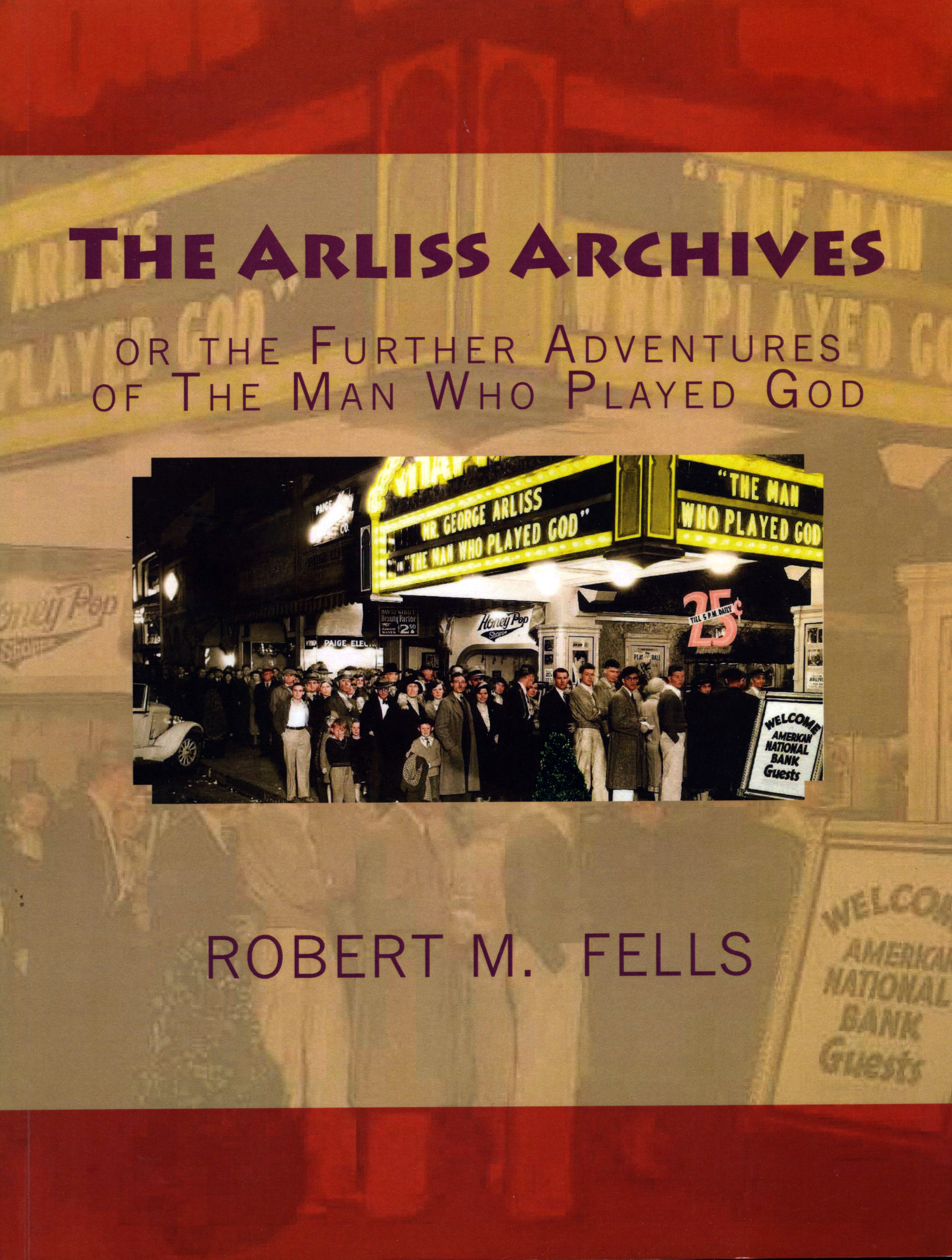
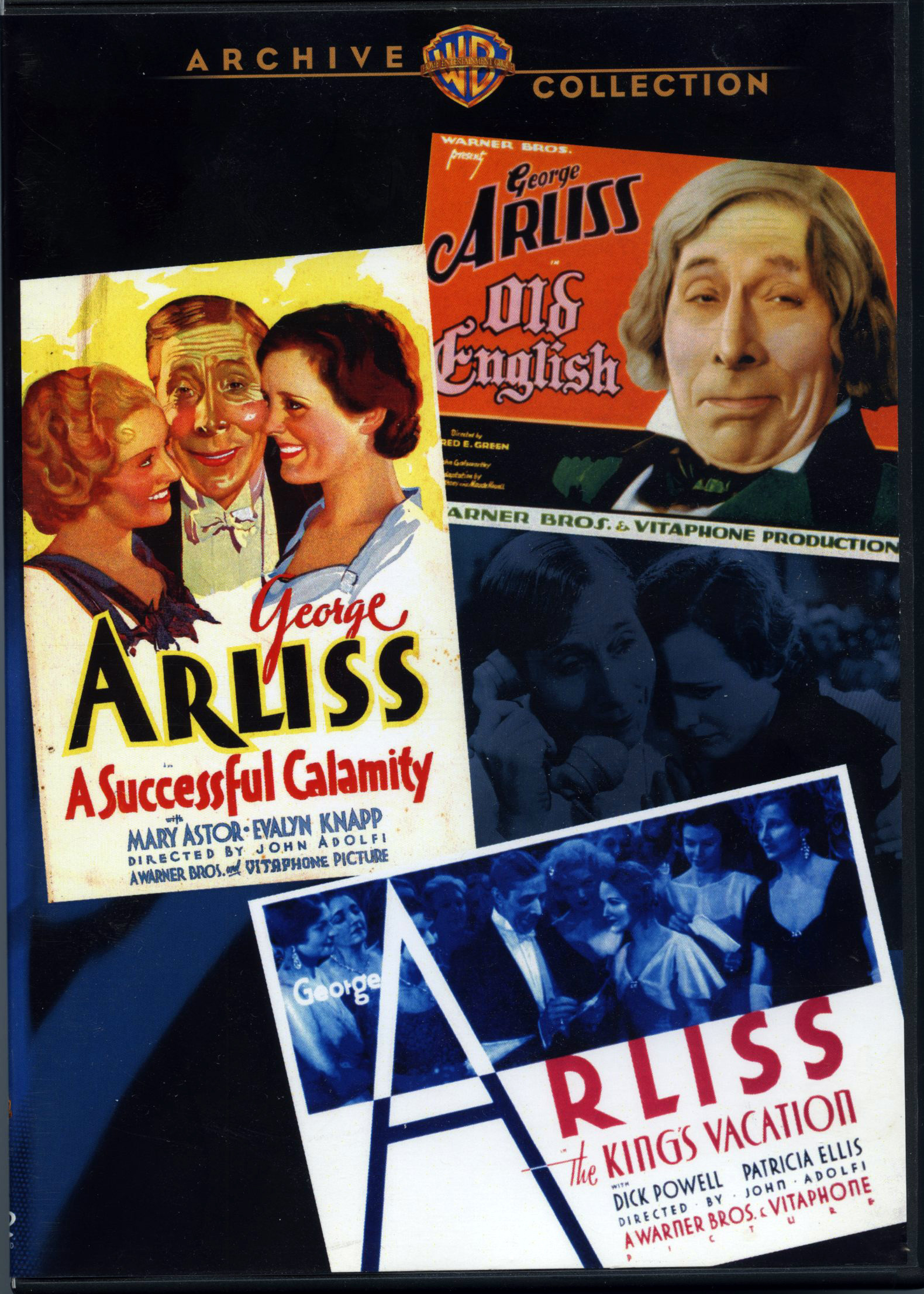




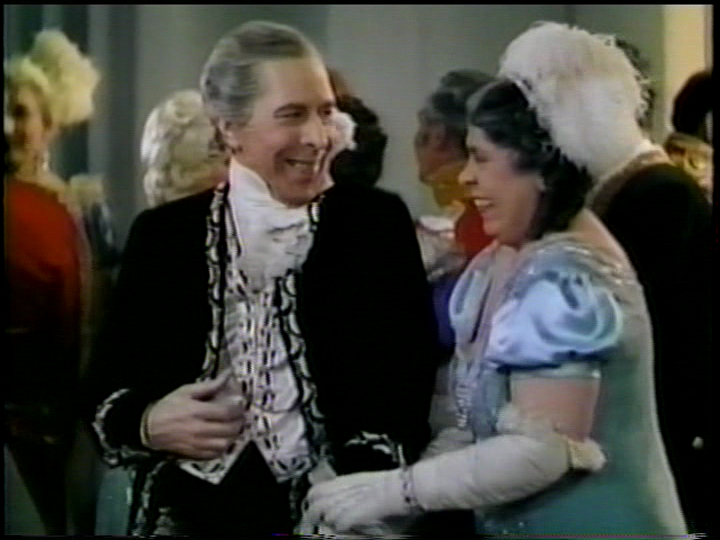

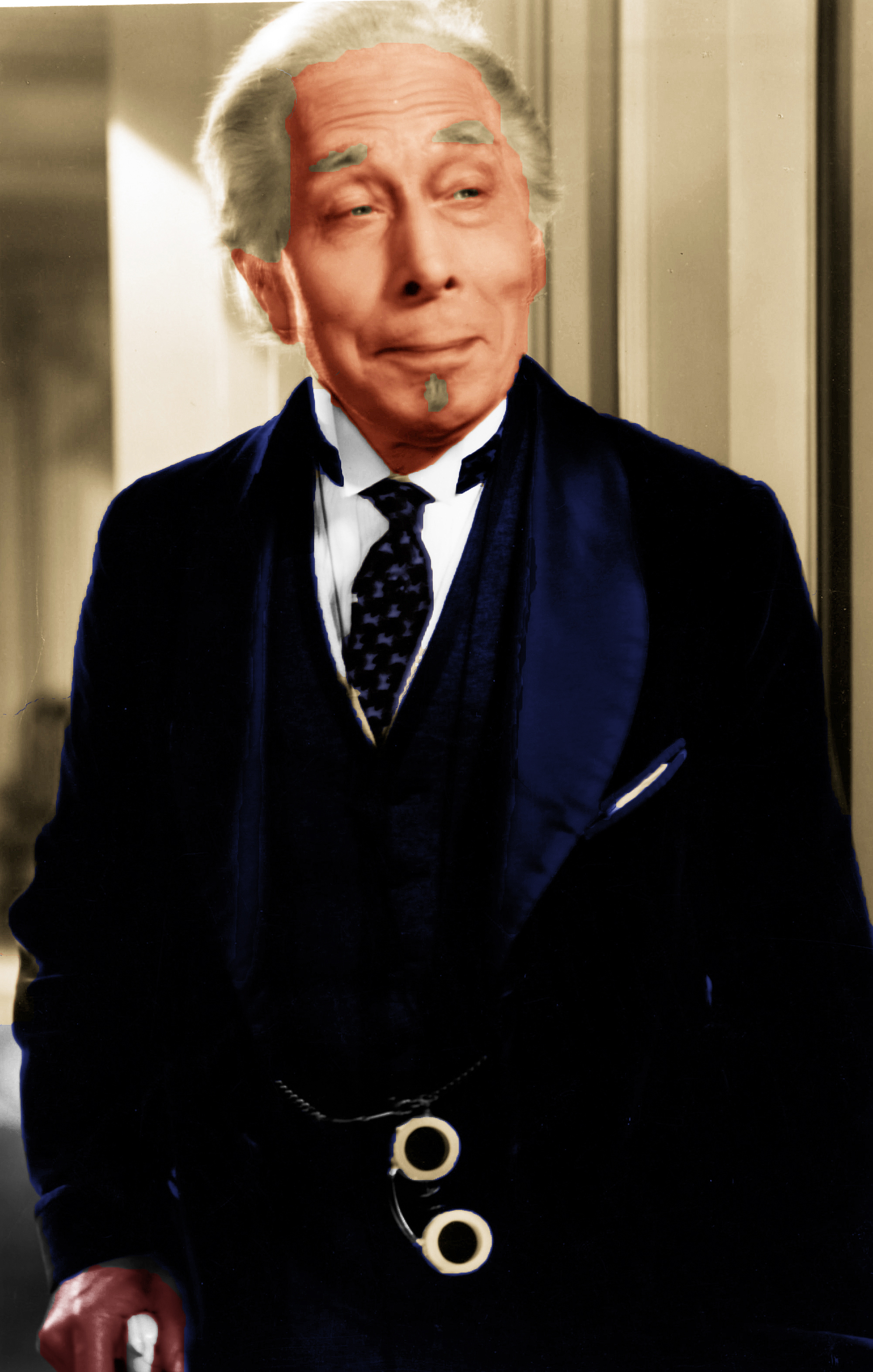
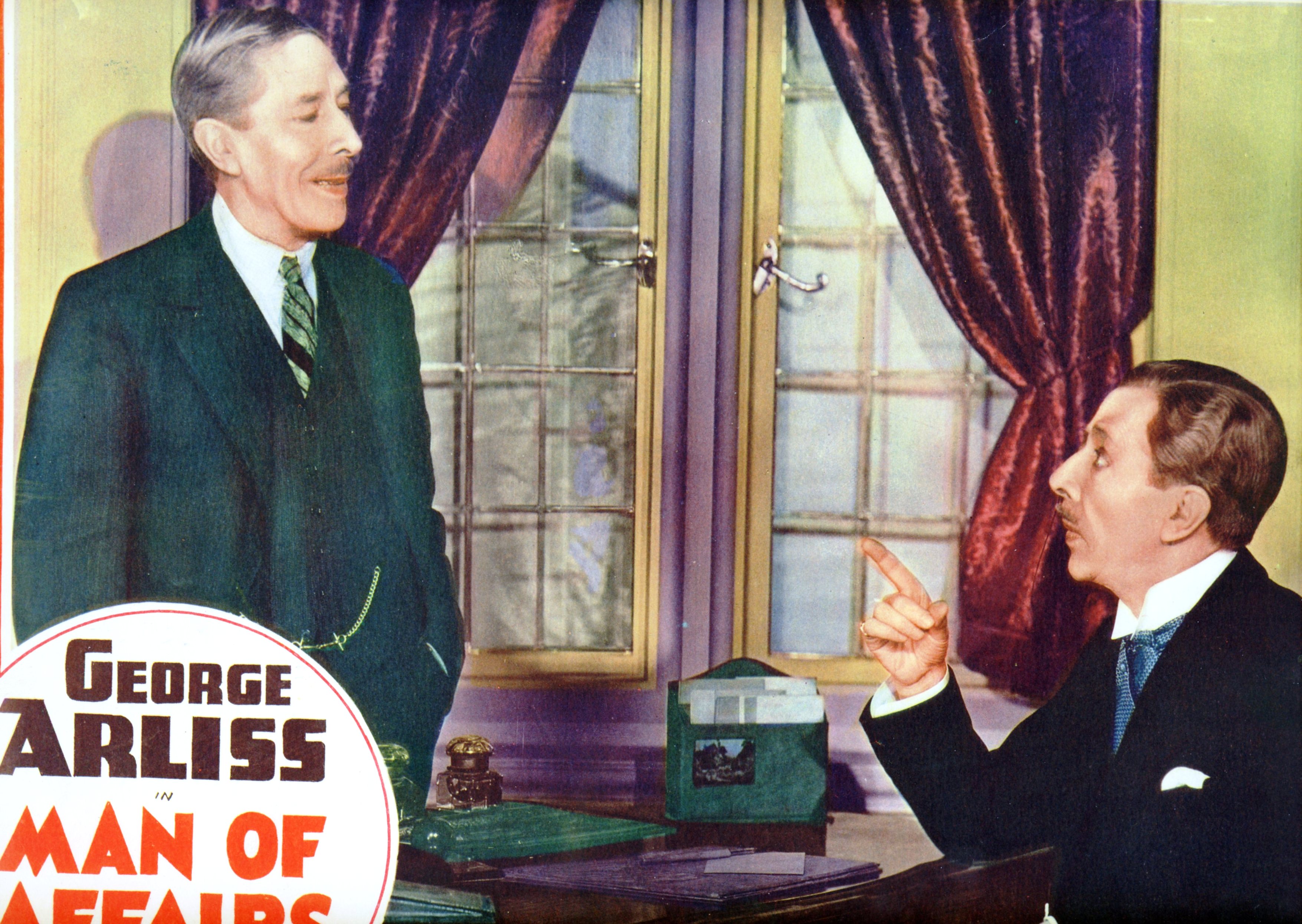

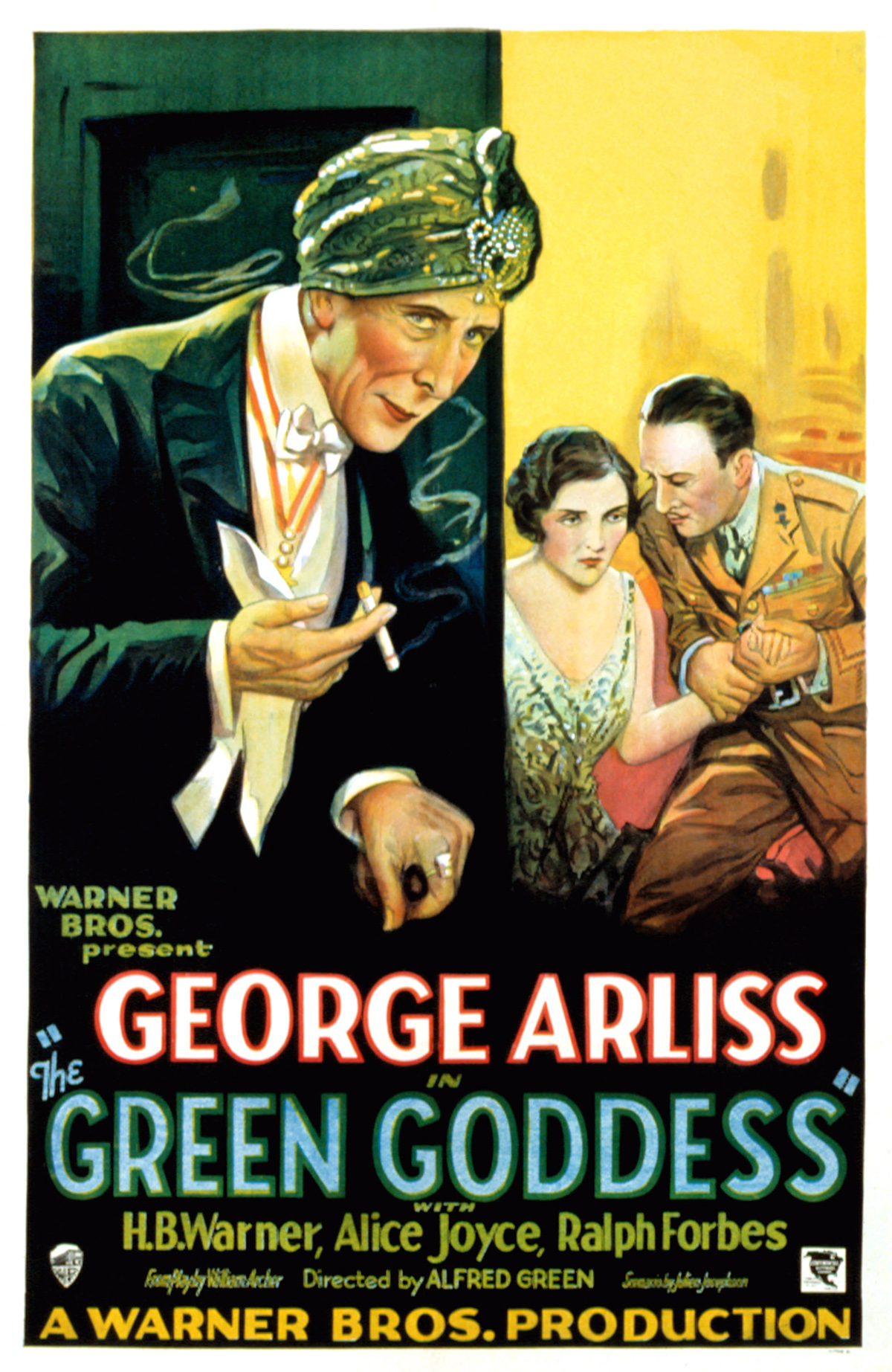
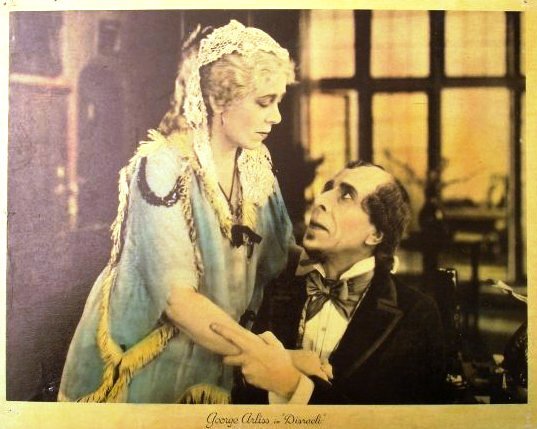

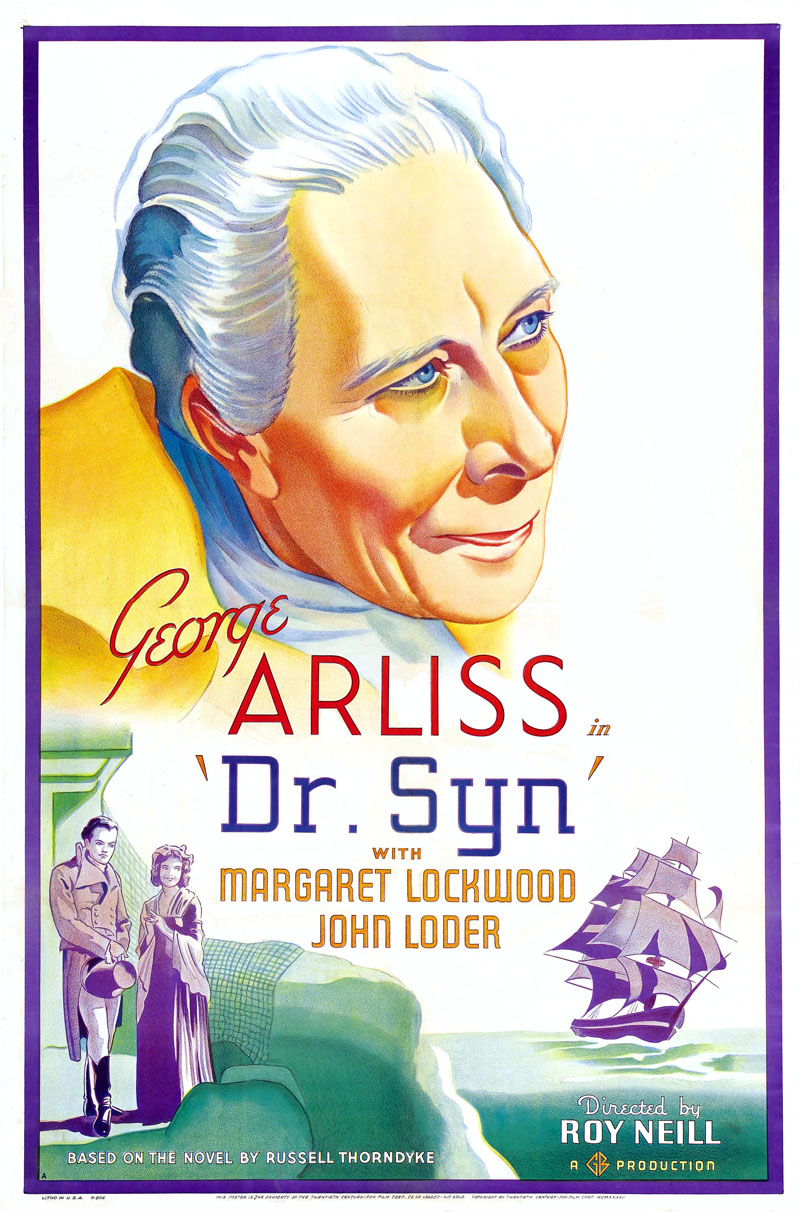
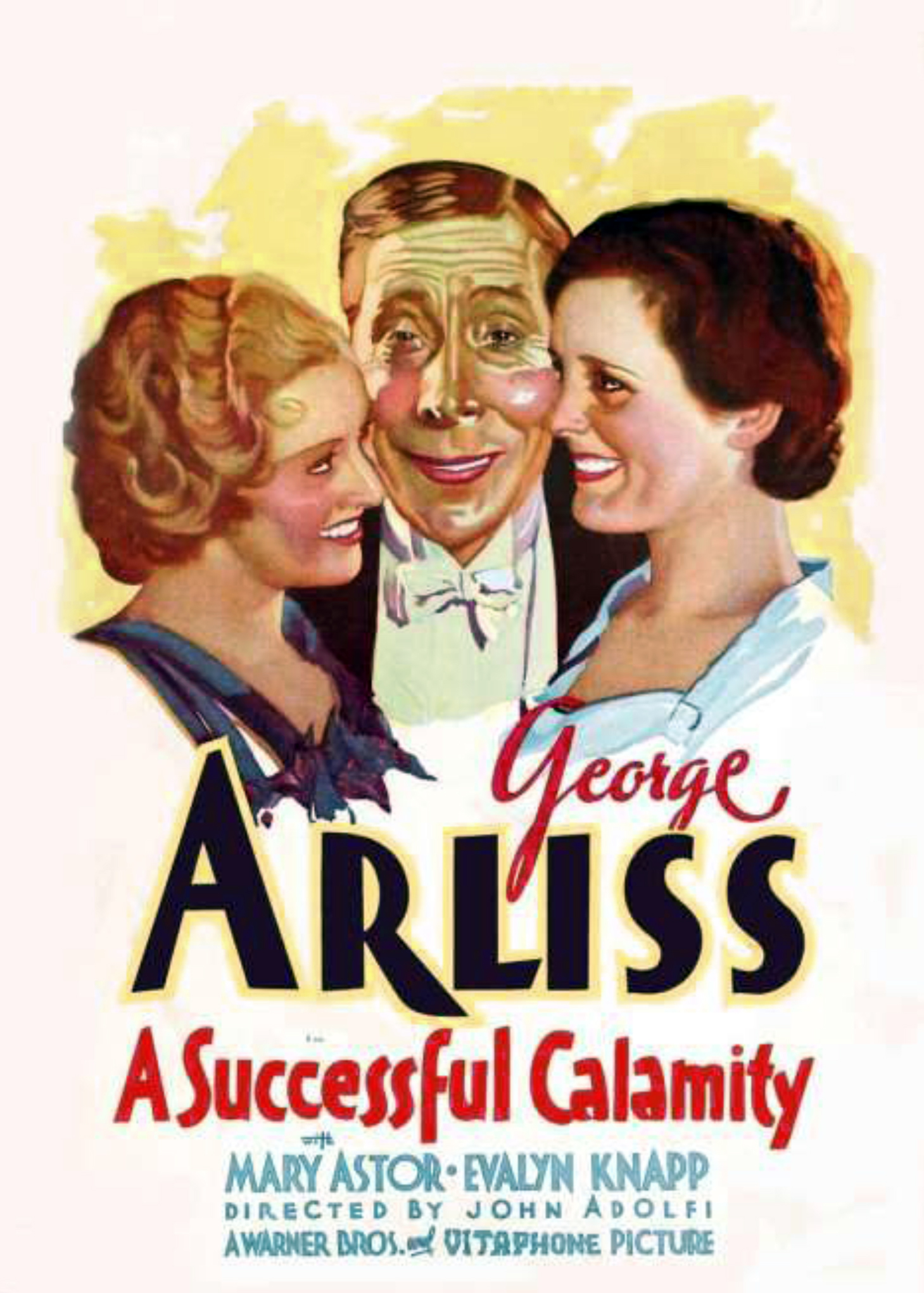


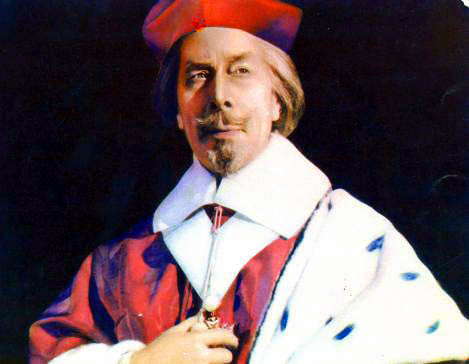

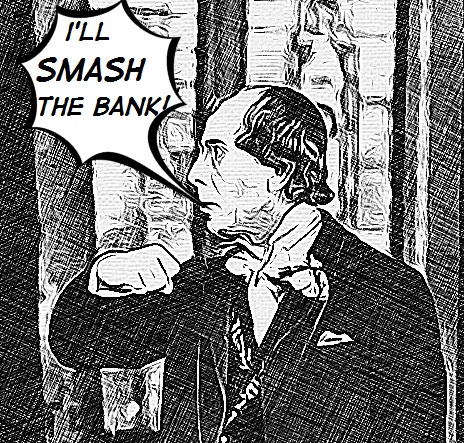


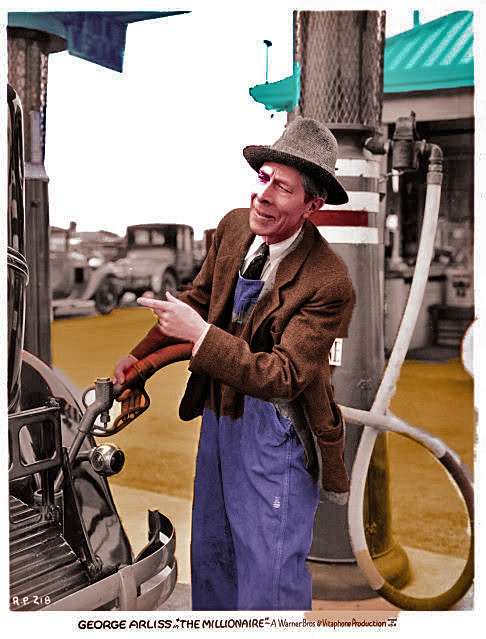

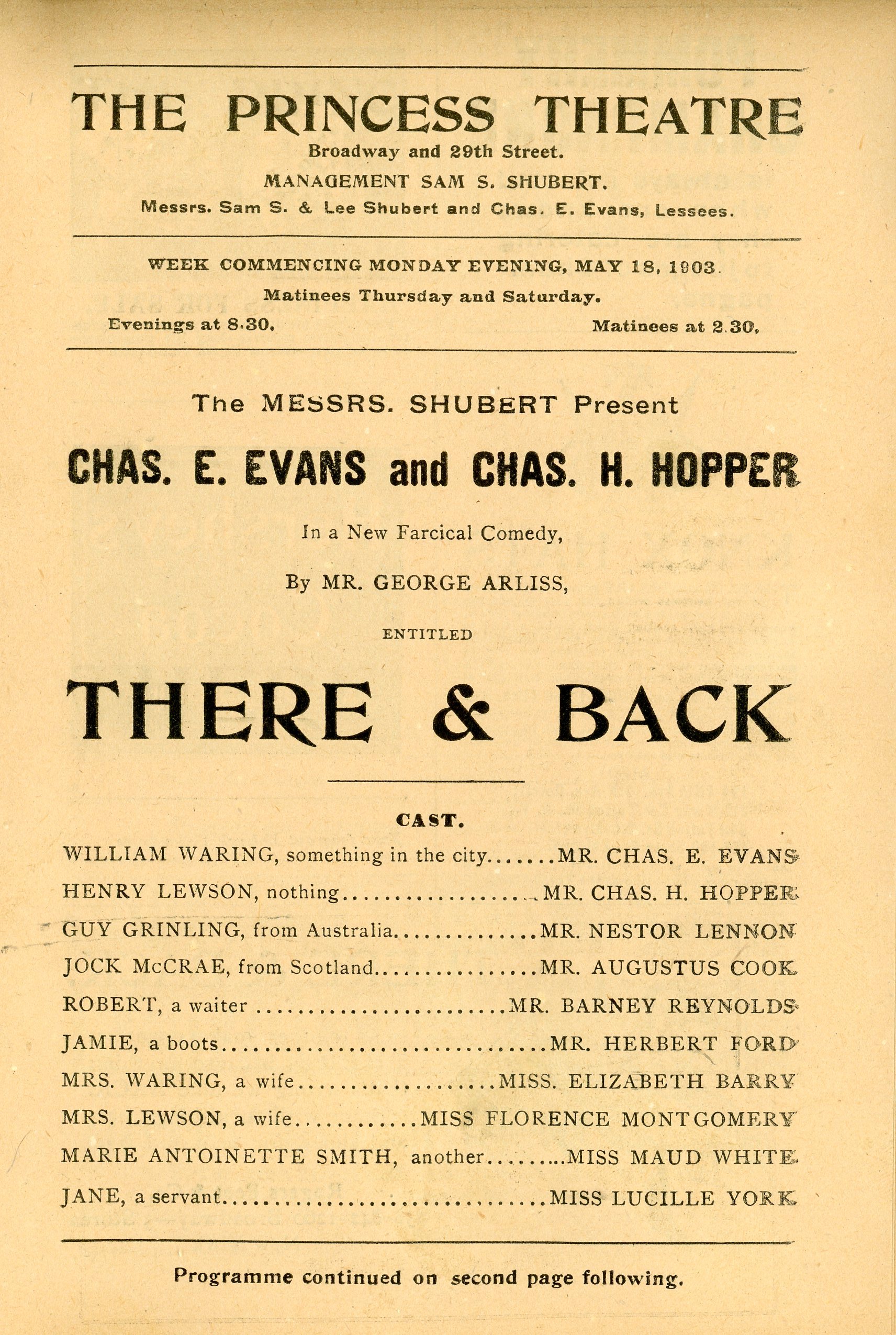

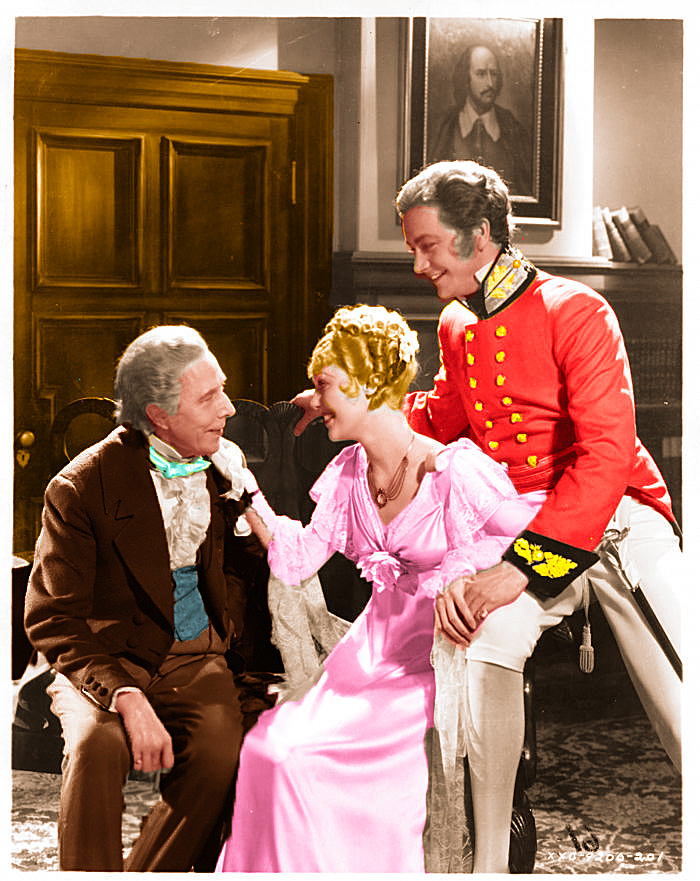
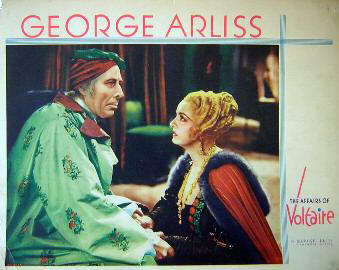
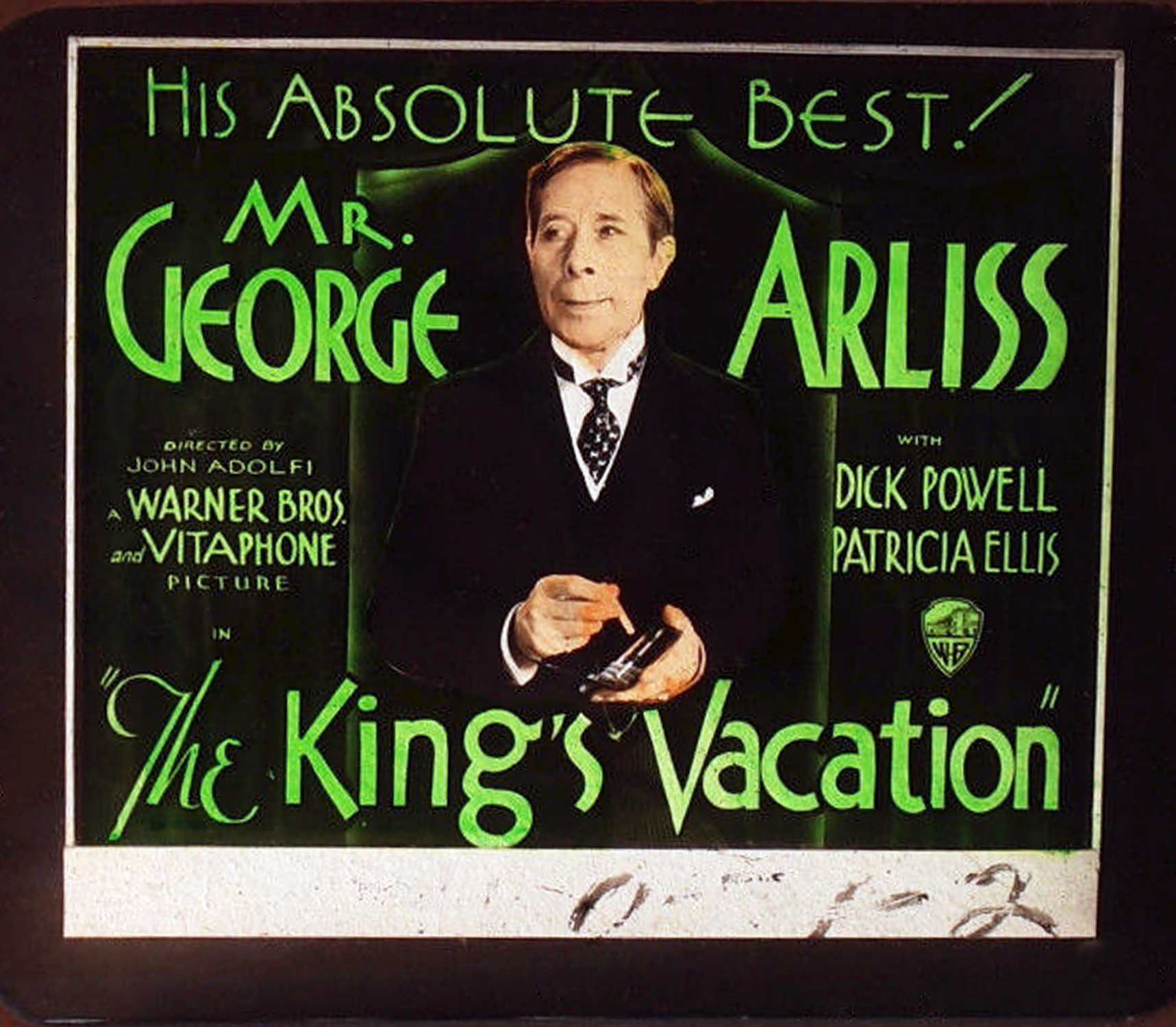

You must be logged in to post a comment.